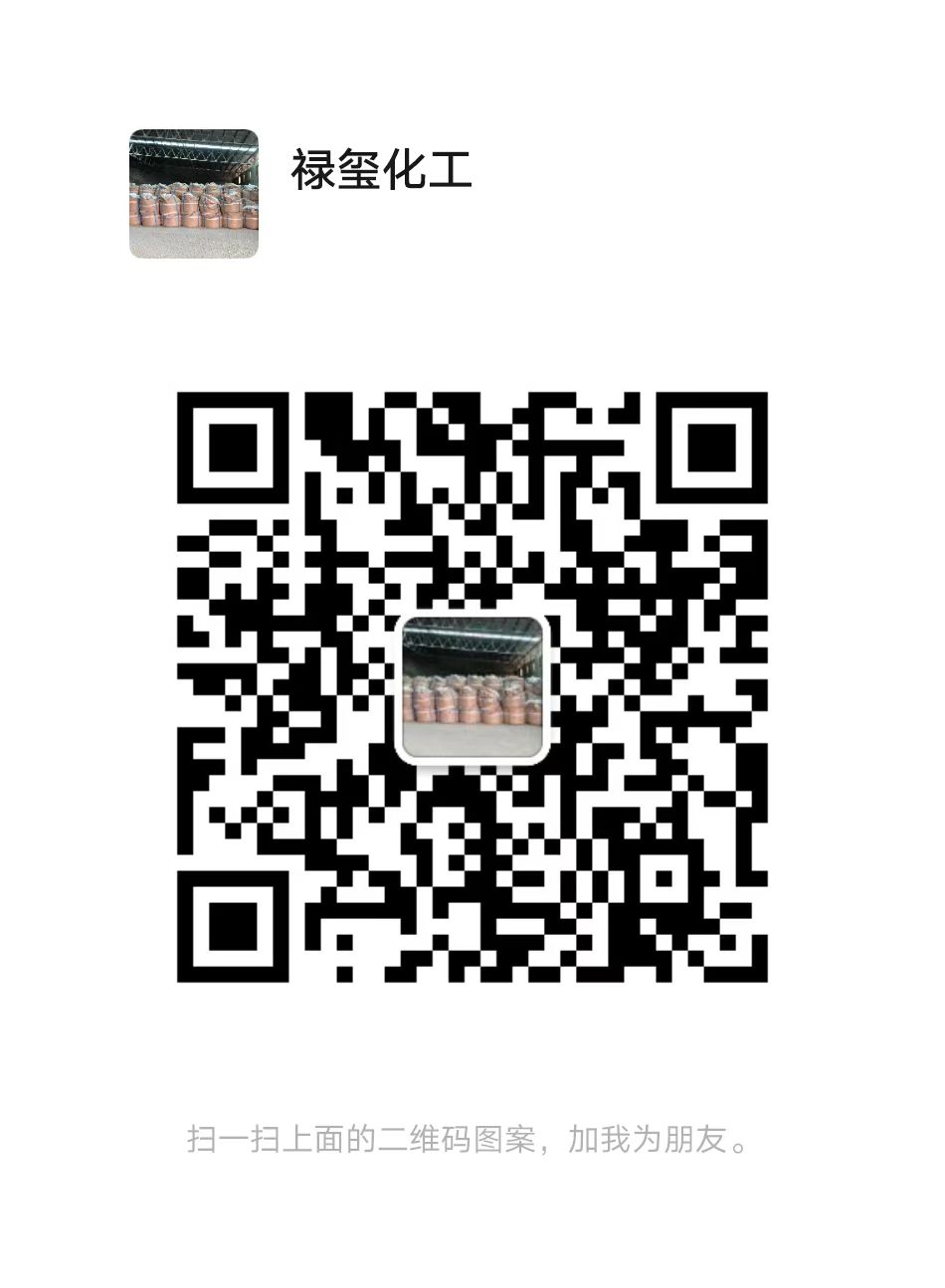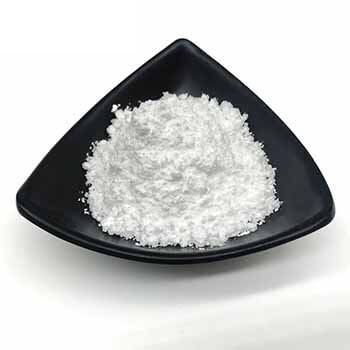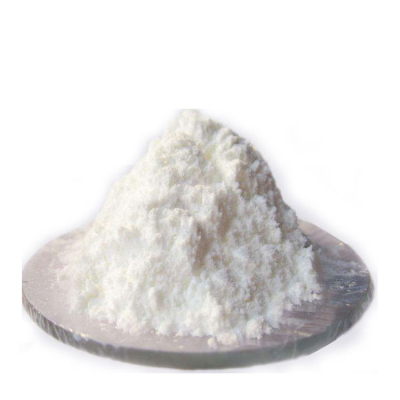Chinese medicine also highly respects the medicinal value of amber. As far back as the pre-Qin period, it was found that amber has the functions of soothing the five internal organs, calming the soul, eliminating stasis and generating blood, curing insect poison, breaking scabs, hemostasis and muscle regeneration, and tocolysis.
The amber pillow used by Zhao Feiyan, the empress of Emperor Chengdi of the Han Dynasty, can take in the aroma when sleeping peacefully, which is helpful for sleep.
During the Three Kingdoms period, Sun He, the son of Sun Quan of the Eastern Wu Dynasty, accidentally wounded Mrs. Deng with a knife, causing a large wound on her cheek. The doctor used traditional Chinese medicines such as amber powder, cinnabar and white otter spinal cord, and formulated external medicines for their application. After the wound on Mrs. Deng’s face was healed, not only did she not leave scars, but it turned red. Since then, amber has become a common thing for ancient women’s “tender noodles”.
Legend has it that Sun Simiao, a great physician in the Tang Dynasty, traveled a long way to get a doctor, and on the way he encountered a woman who died violently. During the burial, he saw blood oozing from the crevices of the coffin, and concluded that the person could be saved. He quickly took amber powder and drank it, and smoked his nostrils with safflower. After a while, the deceased recovered. Everyone called him a genius doctor, and Sun Simiao said, “This is the power of the magic medicine amber.”
The “Medicinal Properties of Materia Medica” in the Tang Dynasty, the “Compendium of Materia Medica Yanyi” in the Northern Song Dynasty, “Leigong Pao Moxibustion” and “Famous Doctors” in the Southern and Northern Dynasties all have clear records of the medicinal value of amber. The medicinal properties of amber were detailed in the “Compendium of Materia Medica” by Li Shizhen, a medical scientist in the Ming Dynasty. The “Zhang’s Medical Knowledge” in the Kangxi period of the Qing Dynasty and the “Yuyu Yaojie” in the Qianlong period all left precious prescriptions for amber to treat diseases.
A very interesting point is that succinic acid cannot be found in any kind of amber-like resin. Even more interesting is that although amber is produced in many parts of the world, none of the other regions have as much succinic acid as the Baltic succinic acid. The reason for this has not yet been scientifically explained.






